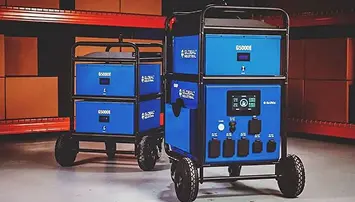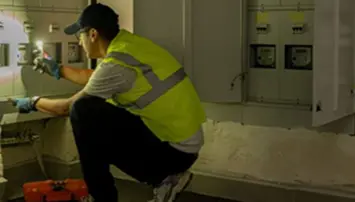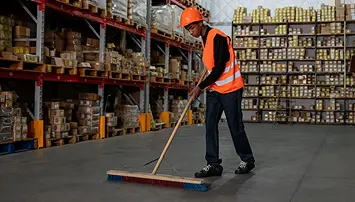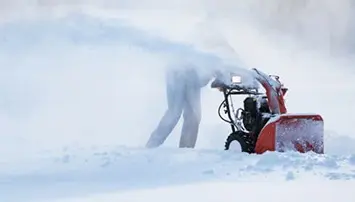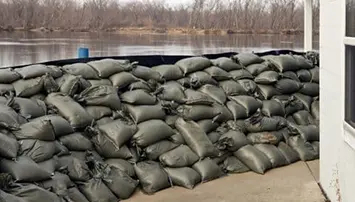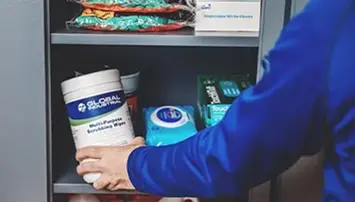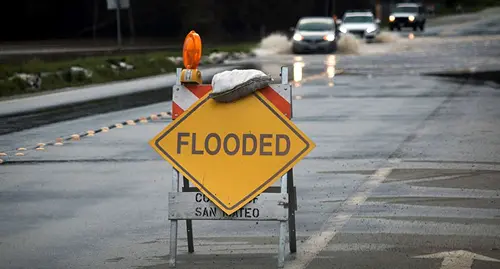Why Emergency Preparedness Matters
Emergencies can happen at any time - from severe weather and power outages to wildfires and other unexpected hazards. A solid preparedness plan helps protect people, property, and operations, ensuring you can respond quickly and effectively, because every second counts in an emergency.
Protect Lives and Reduce Injuries - A well-planned response can minimize injuries during disasters, outages, fires, and crises.
Minimize Business Downtime - Plans keep operations running and speed recovery, decreasing interruptions.
Safeguard Critical Assets - Protect equipment, data, and inventory during emergencies.
Ensure Compliance and Safety Standards - Help meet regulations and maintain a safe workplace.
Promote Confidence & Peace of Mind - Staff and communities feel safer & more secure with a clear plan.
Top Emergency Scenarios & How to Prepare
Be prepared for nature’s toughest challenges. From severe storms to unexpected outages, knowing what to expect—and how to respond—can protect lives, property, and peace of mind.
Emergency
Emergency - What to Prepare

Floods
Floodwaters rise fast. Keep sandbags, emergency kits, and an evacuation plan ready.

Hurricanes / Wind Storms
High winds can cause damage. Secure items, reinforce windows, and stock supplies.

Power Outage
Blackouts disrupt safety and communications. Prepare & inspect backup power & lights, and charge devices.
The Source for Industrial Equipment & Supplies
Building Your Emergency Plan
A strong emergency plan is more than a checklist, it's a strategy that keeps people safe, operations running, and recovery on track. With advanced planning you ensure your team knows exactly what to do, has resources ready, and communication stays clear no matter the situation.

Audit Supplies Early
Create a checklist for generators, PPE, & communications gear, and inspect stock and confirm readiness regularly.

Assign Roles & Train Staff
Clearly define responsibilities and run evacuation, power failure, & flooding drills.

Secure Communication Channels
Have backup radios and keep updated emergency contacts for utility, municipal, medical, and vendor support.
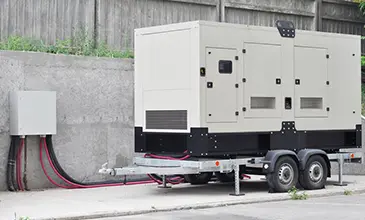
Create Redundancies
Never rely on one generator or heater. Have backup equipment ready, on site if possible, and inspect frequently.
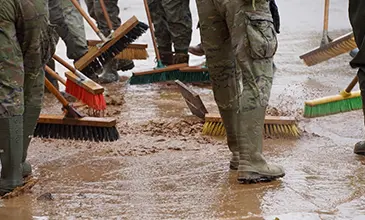
Plan for Recovery
Identify tools for cleanup like vacuums, mops, & dehumidifiers, and have contracts ready for post-event services.
Stay ready for anything with our easy-to-follow guide.
Download now to prepare your team, protect your assets, and respond with confidence.
Recommended Products for Every Emergency
Having the right tools and supplies on hand can make all the difference when disaster strikes. From power backups to safety gear, these essential products help you respond quickly, protect your team, and keep operations moving—no matter what comes your way.
Additional Resources & Expert Guides
From step-by-step guides to expert safety tips, our Knowledge Center is packed with insights to help you plan, prepare, and protect. Explore articles, checklists, and how-to resources designed to keep your facility and team ready for any emergency.
